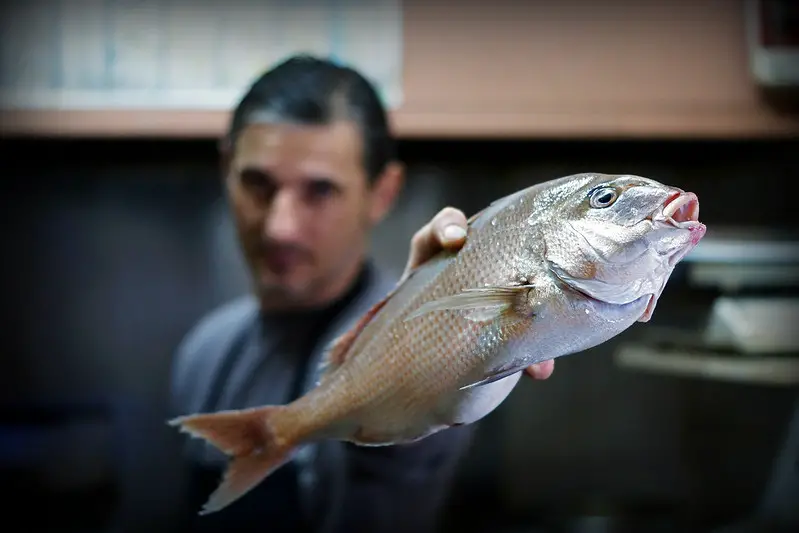How To Avoid Ciguatera Poisoning In The Dominican Republic

Recently I was developing a topic for another animal website, which is about fish poisoning, and when I realized that fish poisoning is common in tropical and Caribbean fish I thought it was relevant to have this information here as well.
Ciguatera is a food poisoning that is acquired after consuming fish contaminated with a toxin called ciguatoxin, is one of the most frequently reported fish consumption-related illnesses worldwide.
This toxin is very common in the Caribbean and causes annoying intoxications suffered after eating large fish contaminated with this microalgae.
The main problem is that although studies on this toxin are being developed, high demand for anaerobic methods is required to detect and quantify the amount of this toxin in fish.
In addition, the toxin is odorless, colorless and tasteless, making it practically invisible to the human senses.
Contents
Symptoms of ciguatera poisoning
Ciguatera poisoning has two phases: the first is acute. The individual begins with gastrointestinal symptoms such as nausea, vomiting, and abundant diarrhea that may cause dehydration.
This phase is short, usually lasting 12 to 24 hours, In laboratories, one of the signs of ciguatera poisoning is an increase in red blood cells.
In the second phase, toxins adhere to the peripheral nerve endings of the body and long-term manifestations begin.
In this phase, which can last between three and six months, the patient may feel cramps. When the toxins adhere, paresthesia appears, i.e. cramps in the upper and lower extremities.
the duration and severity of symptoms may vary depending on the amount of fish consumed.
How to avoid ciguatera poisoning?
As previously mentioned, it is impossible for human senses to detect a fish with this toxin, but the risk of poisoning can be reduced by knowing which fish are most likely to contain this toxin.
This toxin is common in fish such as grouper, picua, barracuda, marlin, sea bream, sailfish, snapper, jacks, jack mackerel and moray eel, so it is recommended to avoid consuming them during the hottest months in the Dominican Republic.
The entrails and heads of fish are the parts of the body that have the highest concentration of this toxin. It is also relevant to know that large fish have a higher degree of ciguatera than smaller ones.
It is recommended to eat and buy fish in recognized establishments, they take the necessary measures to acquire fish from safe fishing areas.
What to do if you suffer symptoms of fish poisoning in the Dominican Republic?
Currently, in the Dominican Republic, there are already protocols for this type of intoxication, the treatment consists of applying mannitol to the patient in the first hours after the intoxication.
This medication prevents the toxin from adhering to the nerve endings.
It is important that if a person has ingested fish in the Dominican Republic and presents the above-mentioned symptoms, he/she should go to the emergency room.
If the patient is diagnosed well and in time, he/she could recover within 24 hours, since protocols are currently in place.
Resources:
https://animalworldfacts.com/how-to-tell-if-a-fish-has-ciguatera/






